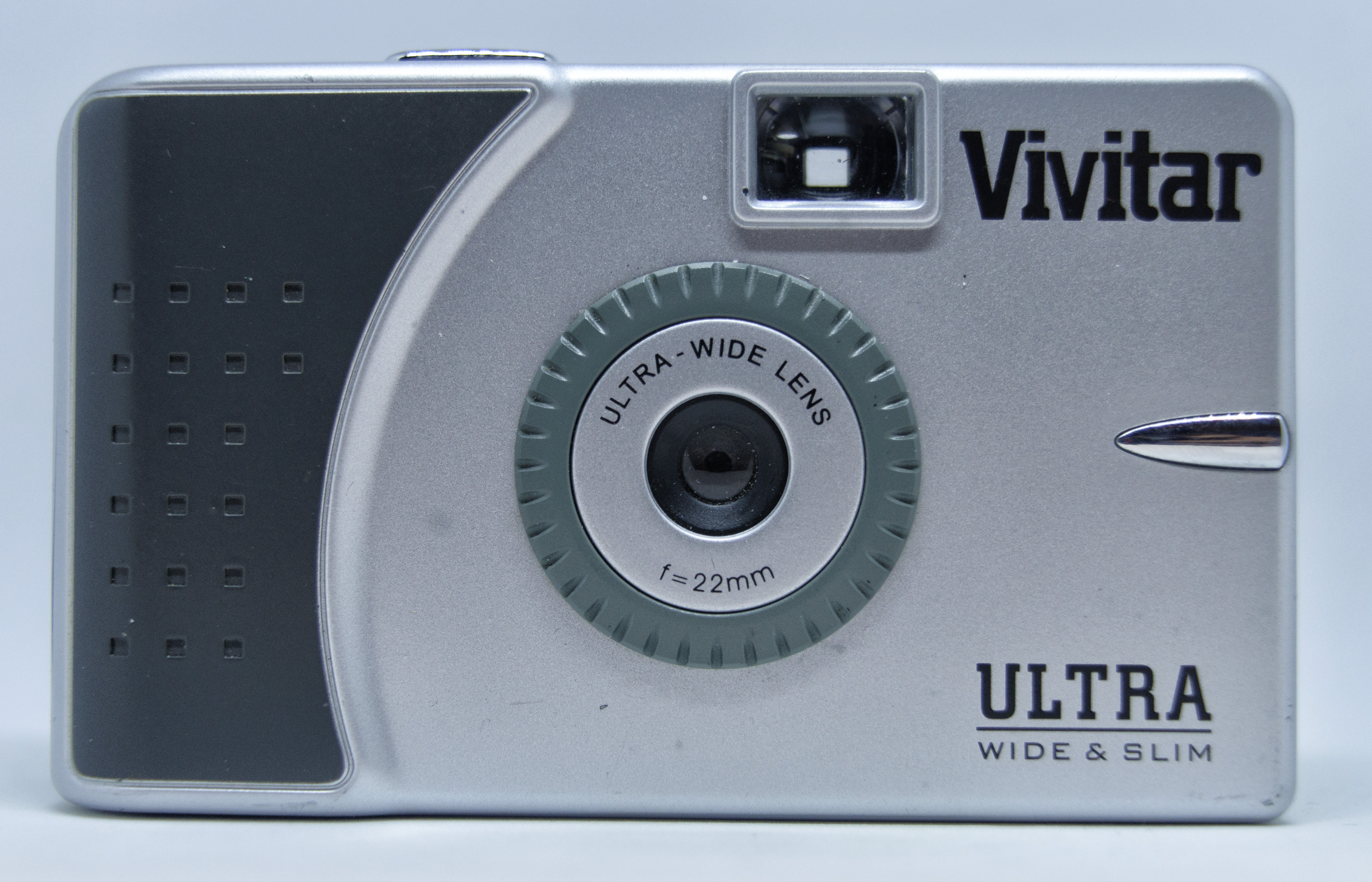Last time I claimed that Ilford P3 film would make any camera look good, so for the ultimate test I put it in my flimsiest camera.

Time to find out
To really give it a good test I put Ilford P3 surveillance film in the most basic, plasticky camera I own – the Vivitar Ultra Wide and Slim.
I’ve talked about the film and I’ve talked about the camera before, so about the only thing left to do is to look at the results.











No messing
Ilford P3 400
Cost: £1.95
Expired: 2010
ISO: 400
Format/Type: BW negative
Exposures: 27
Processing: £0.27
Full Total: £3.10
Cost per shot: £0.11
My Rating: 9
I think they came out really well, and I am very pleased with the results. The pics are not as sharp as from the computer-controlled Samsung with its fancy glass lens, but for a camera with a 2mm piece of plastic for a lens I think they are pretty nice.
They are clear enough that you know what you’re looking at, and the grain does its usual trick of making there seem like there’s more detail than there really is if you look very close. The lack of sharpness lends a nice softness which contrasts favourably with the Samsung’s sometimes sterile-seeming output.
As there are no controls to adjust anything you are reliant on the light you have and the shot you frame, hoping that the film will do the business for you. The difference with the automatic Samsung is that it tries to correct things if it thinks you have done something wrong.
Sometimes that’s a good thing and you get a nice shot whereas with a manual camera you would have gotten nothing. Sometimes though you get a happy accident, or you deliberately plan shots to match the camera’s capabilities. I only had 5 or so shots from the 27 that didn’t come out because I knew what sort of shots to attempt – pretty much outdoors in plenty of sunlight.